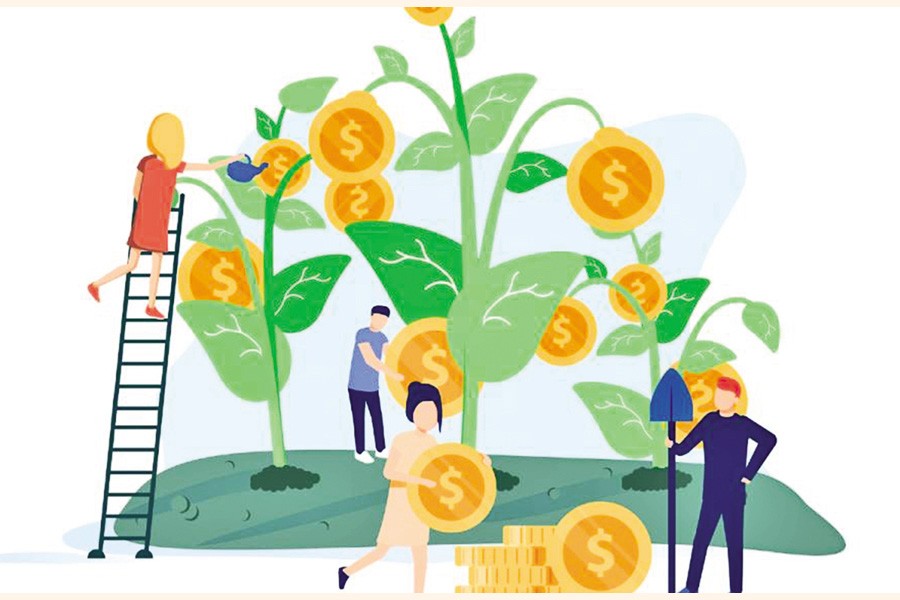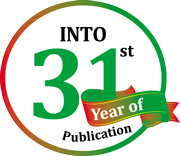
 There is no denying that Bangladesh has achieved remarkable success in the last decade or so with higher-than South Asia average of GDP per capita. The economy touches almost half a trillion dollars alongside emergence of a growing middle and affluent class. However, inequality is an all-time high and we are in the midst of growing inflation and economic exclusions.
There is no denying that Bangladesh has achieved remarkable success in the last decade or so with higher-than South Asia average of GDP per capita. The economy touches almost half a trillion dollars alongside emergence of a growing middle and affluent class. However, inequality is an all-time high and we are in the midst of growing inflation and economic exclusions.
Bangladesh is not an exception, though. The moot question here is how we can change the status quo and progress from here. This requires concerted effort from all of us. One of the tools that we can use to create more collaboration and synergy is "catalytic financing".
Catalytic financing (CF), leveraged the right way, can use existing financial provisions to mobilise additional capital and investments from different sources, thereby "catalysing" development and impact. CF can be used to initiate programmes for Bangladesh that can help in inclusive development in a variety of ways. However, we do not have sufficient capital to get started.
So what some key areas in Bangladesh where catalytic financing can help are highlighted below:
Climate Change and Sustainability: Engagements and business models in alternative energy, climate-smart agriculture and circularity are often at an early phase of development and can benefit from initial catalytic capital. The capital would help show tractions and proof of concept, thus helping certain de-risking for later investors and operators. For Bangladesh, which is 7th in the climate- vulnerability index, and given the government's targets in energy sufficiency and food security, this can be a game-changer.
Financial Inclusion: Whether it is getting the unbanked population to have access to not only payments but value-added financial services like credits, savings and insurance or providing better access to capital for MSMEs (micro, small and medium enterprises) - catalytic capital can play an important role. Traditional or innovative financial institutions can be incentivised through catalytic instruments to serve underserved markets, thereby shortening time to market lifecycle and help test out and scale early innovations. MSMEs themselves can use such capital to start operations and graduate to more traditional forms of capital once they start finding product market fit.
Technology-driven Service Delivery: Recent years, post-COVID, have seen an increasing uptake on tech-enabled services in education and health. Education tech startups like 10-Minute School and Sikho are allowing students from all over Bangladesh to gain access to quality education through their after-school programmes. Telehealth-and medicine-delivery startups are filling up a critical gap in the market. Startups like Arroga and Medeasy are distributing medicine while enterprises like Prava are leaders in online health consultancy and Amarlab conducts on demand at home medical tests. Catalytic funding can help jumpstart many such initiatives in the country and support their growth.
Sustainable and Green Infrastructure: Given the fact that Bangladesh has the 8th-largest population in the world as well as very dense (1200+ people/ Sq Km) coupled with already-mentioned climate vulnerability, sustainable infrastructure has increasingly become a priority. While infrastructure like affordable housing is needed, these are often difficult to finance given long payback periods. Same logic applies if you are looking to green existing manufacturing industries. This is where catalytic financing instruments can help mobilise early capital while de-risking investments for the private sector.
So what are some of the ways CF can help? Starting from performance payments for achieving measurable and sustainable results to providing matching funds with the private sector (thus reducing cost of capital to the enterprise and de-risking investments for private investors) to acting as first loss- guarantee schemes for lending to enterprises working with vulnerable groups - catalytic capital can ensure that critical innovations can flourish.
Let's now take a closer look at some of these instruments: Performance Payments: Based on the needs of the target population, the funder and investee agree on impact metrics. Based on achievement of those metrics, the investee may either get concession on the cost of financing or can simply pay based on the impact generated rather than financial returns. This can also be matched with impact-linked finance i.e. financing made available based on the impact generated by the enterprise. Blended Finance: Mixing different forms of capital like grants coming in on early stages of the enterprise supported and once de-risked more commercial capital can come in. For commercial or private investors they can wait and see if the enterprise has a strong proof of concept before deciding to invest. Credit Guarantee or First Loss Capital: This acts as commitments to cover financial losses of the private investor if the enterprise or the project fails to reach the goal. This encourages investors to back businesses or projects where normally they wouldn't invest due to the risk-return profile. However, due to de-risking of their capital (in most cases the principal amount) they are more likely to take a positive investment decision.
Apart from these, there are a variety of other instruments like challenge funds, development or social impact bonds, matching funds or even just different types of equity or quasi-equity instruments like SAFE (simple agreement for future equity) where, based on impact generated, either the investors or the enterprise gets monetary benefit. There can be tax benefits for investing in certain sectors from the government to support high-priority verticals. Implemented rightly, CF can significantly help towards achieving SDG goals while ensuring inclusive development.
Bijon Islam is the CEO of LightCastle Partners , a firm that takes a systemic and data-driven approach to creating opportunities for growth and impact. He can be reached at @ bijon.islam@lightcastlebd.com
© 2025 - All Rights with The Financial Express
